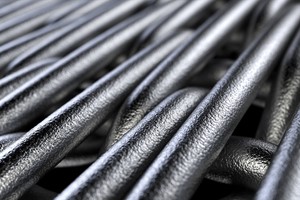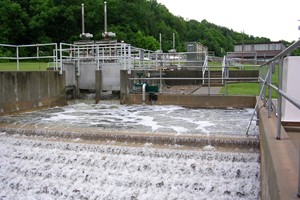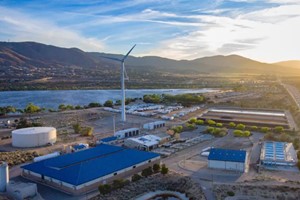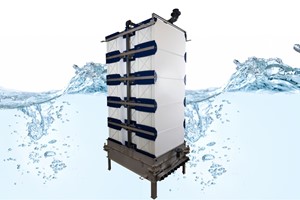More than a quarter of the world’s population—approximately 2.2 billion people—lack access to safe drinking water, according to the World Health Organization (WHO). Nearly half of the global population also faces severe water scarcity at least once each year, with the situation continuing to worsen.
In response to these challenges, many countries have invested heavily in measures such as sewer irrigation, rainwater reuse, and seawater desalination. However, these approaches often struggle to meet sudden shifts in demand. As a result, there has been a growing interest in decentralised water production technologies.
Innovative techniques such as capacitive deionisation and battery electrode deionisation are emerging as potential solutions. However, a key limitation lies in the sensors currently used in these systems. These sensors typically provide only rough measurements of water quality by assessing electrical conductivity, which does not allow for precise tracking of individual ions in the water. This limitation reduces the effectiveness of the technology.
To overcome this issue, researchers from the Korea Institute of Science and Technology (KIST) and Yeongnam University have developed an artificial intelligence (AI)-based solution. By leveraging machine learning, the new method predicts ion concentrations during electrochemical water treatment processes.
This breakthrough promises to enable more precise and responsive water quality monitoring, potentially improving global access to clean water.
Cost-effective and efficient
The research team, led by Dr. Son Moon, employed a random forest model, a machine learning technique well-suited for regression tasks. This model was used to predict ion concentrations in electrochemical water treatment systems. The AI system demonstrated a high degree of accuracy, successfully predicting both the electrical conductivity of treated water and the concentrations of specific ions, such as sodium, potassium, calcium, and chloride.
One of the key advantages of this AI model is its efficiency. Compared to more complex deep learning systems, the random forest model requires significantly fewer computing resources—up to 100 times less. This makes it a more cost-effective solution for water treatment facilities.
However, the system’s accuracy depends on regular updates. The researchers recommend measurements be taken every 20 to 80 seconds to ensure reliable tracking of ion concentrations.
“The importance of this research is not only in developing a new AI model, but also in its potential application to the national water quality management system," said Dr. Son Moon.
"With this technology, the concentration of individual ions can be monitored more precisely, contributing to the improvement of social water welfare.”
The implications of this research could be substantial. For example, integrating AI technology into national water quality networks could make water systems more responsive to changes in water quality and demand. This, in turn, could help reduce the costs associated with water scarcity and improve water access for millions.
By Lee Bell














